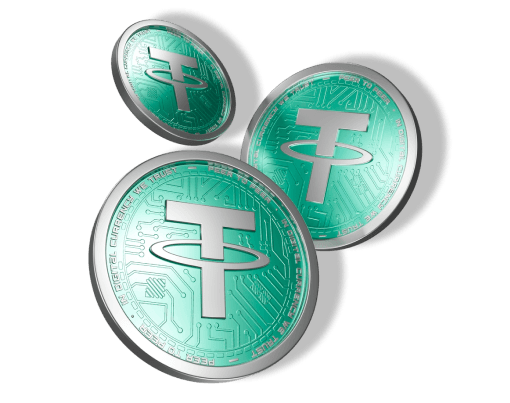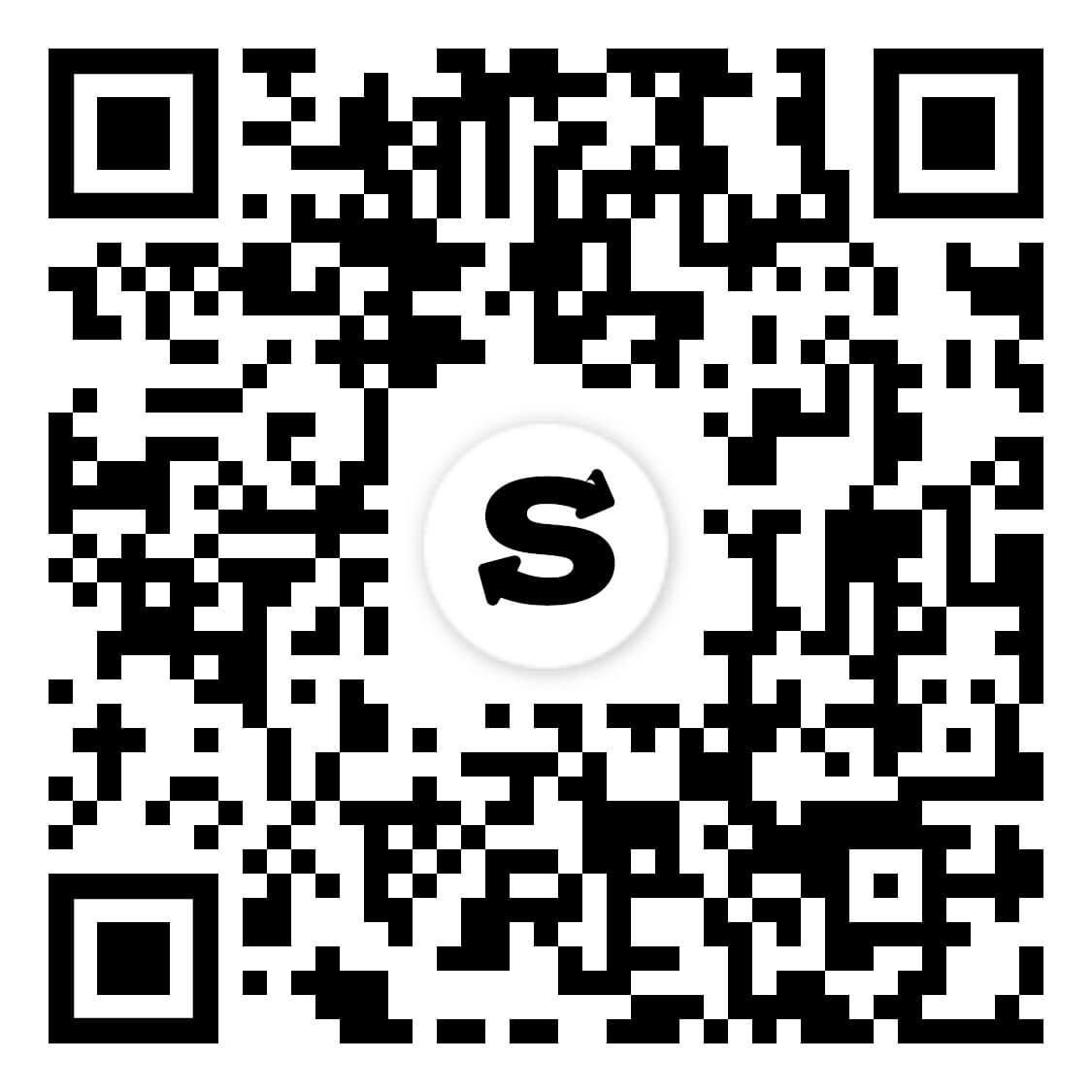What Is USDT:
A Complete Guide on Tether


As global interest in cryptocurrency grows, many investors are looking for digital assets with minimal price fluctuation. These assets, known as stablecoins, are pegged to an underlying asset to maintain a consistent value. Among them, Tether (USDT) is the most prominent and widely used. This article explores how USDT functions, its position as a leading stablecoin, and its future outlook.
What Is Tether (USDT)?
Tether (USDT) is a stablecoin designed to function as a digital equivalent of the US dollar. Each USDT token is backed on a one-to-one basis by reserves held by Tether Limited, meaning every token is intended to be worth exactly one dollar. Users can exchange their USDT for US dollars according to the company's policies.
Originally launched on the Bitcoin blockchain via the Omni Layer protocol, Tether has since expanded to numerous other blockchain networks. A core feature of its operation is the Proof-of-Reserves system, which aims to ensure that the assets held by Tether Limited match the total amount of USDT in circulation.
Tether consistently ranks as one of the top cryptocurrencies by market capitalization. Although it aims for a strict $1.00 peg, the actual trading price of USDT can experience minor fluctuations around this mark based on market dynamics.
Tether (USDT) Overview
| USDT Price | $1.00 |
| USDT Price Change 24h | +0.02% |
| USDT Price Change 7d | -0.01% |
| USDT Market Cap | $111,438,629,514 |
| USDT Circulating Supply | 111,436,831,053 USDT |
| USDT Total Supply | 114,204,643,593 USDT |
| USDT Trading Volume | $54,119,720,891 |
| All-Time High (ATH) | $1.32 |
| All-Time Low (ATL) | $0.5725 |
Tether Founders
Tether was created by Brock Pierce, Reeve Collins, and Craig Sellars. Pierce, an entrepreneur with a background ranging from Hollywood to politics, was a key driver behind the project's innovative concept. Collins served as the company's first CEO, shaping its initial strategy and overseeing the transition from its original name, Realcoin. Sellars, the Chief Technical Officer, was instrumental in developing the underlying protocol that powers USDT.
USDT Crypto Technical Features
Key technical aspects of USDT include an uncapped maximum supply, which is limited only by the reserves held by Tether Limited. The first USDT token was issued on March 12, 2015. It operates on numerous blockchains, including Bitcoin, Ethereum, TRON, Solana, and approximately 11 others, giving it broad compatibility. USDT currently holds a significant market cap dominance in the crypto space.
How Does Tether Work?
Like other stablecoins, Tether is designed to minimize the price volatility common in the cryptocurrency market. To accomplish this, the price of USDT is pegged to a fiat currency, with one USDT intended to equal one US dollar.
The token's value is backed by the reserves of its issuer, Tether Limited. The company states that all circulating tokens are fully supported by these reserves, which are funded by those who purchase the stablecoins, as well as through loans or partnerships with financial institutions. To maintain price stability, the value of Tether's backing must always equal the number of tokens in circulation.
Key Features of USDT
The core feature of USDT is its stability, pegged at a one-to-one value with the US dollar. This makes it a reliable tool for storing and transferring value, avoiding the volatility common to cryptocurrencies like Bitcoin and Ethereum. As a result, Tether serves as an excellent alternative to traditional dollars for international payments and crypto trading. It provides a stable hedge against market swings, facilitates faster and cheaper transactions within the crypto ecosystem, and acts as a crucial bridge between fiat and digital currencies. For exchanges, USDT increases the number of available trading pairs and allows trading in regions where direct fiat pairs are restricted.
Tether is primarily distributed to large investors who deposit fiat funds into a Tether Holdings Limited bank account and receive an equivalent amount of USDT. Once issued, these tokens can be purchased by the general public through crypto exchanges. Transaction speeds vary depending on the blockchain network and its current traffic.
It's important to note that Tether operates with a low level of privacy due to its centralized issuance. Users depositing funds directly with Tether must undergo a Know Your Customer (KYC) process, providing personal details and information on the origin of their funds.
What Blockchain Networks Does Tether Support?
USDT does not operate on its own blockchain but is issued across various established networks. Initially launched on Bitcoin's Omni platform, it later expanded to faster blockchains like Ethereum and TRON to improve transaction speeds. According to its official website, USDT is compatible with multiple blockchain technologies, including Algorand, Avalanche, Ethereum, EOS, Liquid Network, Near, Omni, Polygon, Solana, Tezos, and TRON.
What Are the Use Cases for Tether (USDT)?
As a leading stablecoin, USDT has several key applications in the cryptocurrency ecosystem.
Saving Funds
Due to its stability, Tether is often used by traders to secure profits and protect the value of their assets during periods of high market volatility.
Crypto Exchange
Tether is a primary medium of exchange on crypto platforms, used to trade between thousands of different cryptocurrencies.
Transfers
Tether enables fast and low-cost transfers of value between individuals and crypto exchanges globally.
Business Purposes
Businesses and entrepreneurs can use USDT to manage and audit their crypto assets. It is also a foundational asset in decentralized finance (DeFi), where it is used for lending, borrowing, and staking.
What Makes Tether (USDT) Cryptocurrency Popular?
Tether (USDT) is the undisputed leader among stablecoins in market capitalization and daily trading volume, ranking just behind Bitcoin and Ethereum in the overall crypto market. Its popularity stems from its ability to counteract the extreme price volatility of other cryptocurrencies.
The success of USDT can be attributed to several factors. As one of the first stablecoins, it gained a significant early-mover advantage. Its primary appeal is market stability, as its value is pegged to the US dollar, protecting traders from market fluctuations. Furthermore, USDT boasts high liquidity and is supported across numerous protocols and cryptocurrency exchanges. The company's assertion that each token is fully backed by reserves adds a layer of perceived transparency, and its function as a hedge against market risk solidifies its position as a go-to asset for traders. The platform has also maintained a strong security record, avoiding major direct security breaches.
USDT Token: Advantages and Disadvantages
Like any digital asset, Tether has benefits and drawbacks that investors should carefully consider.
Advantages of Tether (USDT)
Tether offers several key benefits. Its primary advantage is relative stability; since its value is linked to the US dollar, it is far less volatile than other crypto assets. It also possesses extremely high liquidity, ranking among the most traded tokens, which ensures it can be easily bought and sold. This versatility is enhanced by its support across many cryptocurrency exchanges and wallets, making it a practical tool for investors and traders.
Disadvantages and Risks of Tether (USDT)
Despite its benefits, USDT carries notable risks. The lack of a clear regulatory framework creates uncertainty for investors. Its centralized nature, controlled by a single issuer, raises concerns about transparency and trust. The composition of its reserves has also drawn scrutiny. Only a portion of USDT is backed by cash; the remainder consists of other assets like bonds and loans. A mass withdrawal event could potentially strain Tether's ability to redeem all tokens for fiat currency. The company has also faced legal challenges, including accusations from the New York Attorney General of misrepresenting its reserve status. These factors contribute to the risk that a failure of Tether could have significant ripple effects across the cryptocurrency industry.
How to Buy Tether
One of the most common ways to acquire Tether (USDT) is through a reputable cryptocurrency exchange. Platforms like Switchere.com offer a user-friendly process for both new and experienced investors to buy USDT securely. Typically, these exchanges allow you to purchase tokens using various payment methods, including credit cards like Visa and Mastercard, bank transfers such as SEPA, and mobile payment systems like Apple Pay and Google Pay. Many exchanges also provide mobile apps for managing your account and assets on the go.
Conclusion
Tether (USDT) remains the dominant stablecoin in the cryptocurrency market. It often serves as an entry point for newcomers, providing a stable asset to hold before trading into other digital currencies. Storing funds in USDT can protect investors from the market's inherent volatility. However, potential users should also consider the trade-offs, particularly regarding its centralized control and the ongoing questions about its reserves, before deciding if it aligns with their investment strategy.
Frequently asked questions
-
What is a stablecoin?
A stablecoin is a type of cryptocurrency designed to maintain a stable value by being pegged to a real-world asset, such as a fiat currency like the US dollar. Tether (USDT) is a prime example, with each token intended to be worth one US dollar. -
What is Tether (USDT) primarily used for?
USDT is widely used for trading on cryptocurrency exchanges, allowing traders to move in and out of volatile assets without converting back to fiat currency. It is also used for cross-border payments, preserving capital during market downturns, and participating in decentralized finance (DeFi) applications. -
Is Tether (USDT) fully backed by cash?
Tether Limited states that its tokens are fully backed by its reserves. However, these reserves are not composed entirely of cash. They also include cash equivalents, secured loans, corporate bonds, and other investments. The exact composition of these reserves has been a subject of controversy and regulatory scrutiny. -
On which blockchains does USDT operate?
USDT does not have its own native blockchain. Instead, it is issued as a token on multiple existing blockchains to ensure wide accessibility and fast transactions. Major networks supporting USDT include Ethereum, TRON, Solana, Avalanche, and Algorand. -
What are the main risks associated with holding USDT?
The primary risks include regulatory uncertainty, as governments worldwide are still developing frameworks for stablecoins. There are also transparency risks related to the composition and auditing of Tether's reserves. Finally, because it is centrally issued, it is subject to the operational and financial health of its parent company.
Our website uses cookies. Our Cookie Policy
